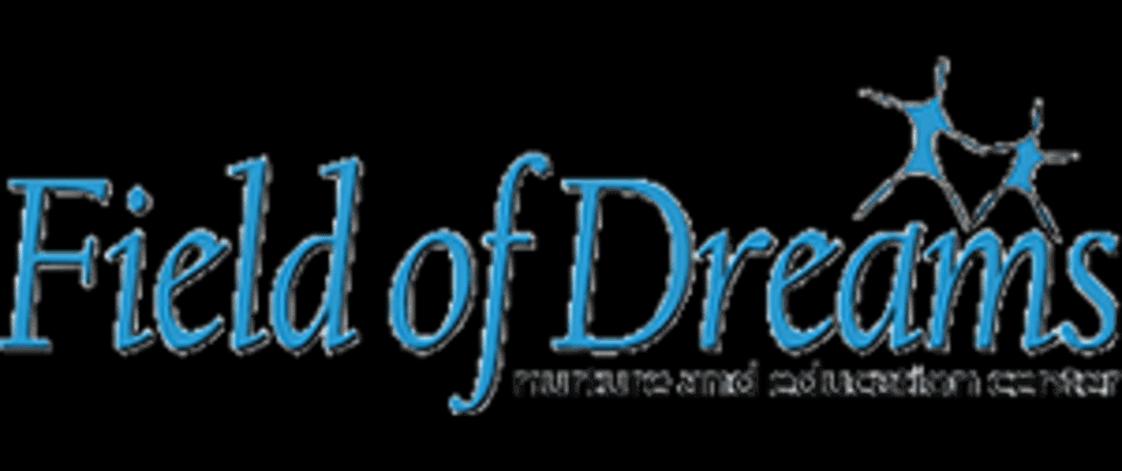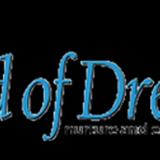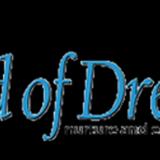We are very proud of the success of our preschool and Transitional-K Programs.The curriculum has a strong focus on STEAM (Science, Technology, Engineering, Arts, and Math) and includes an emphasis on our Literacy Program, with a teaching style based on Reggio Emilia and Project approaches. Our Literacy Program includes "Handwriting without Tears", with guided writing/journaling activities, and independent and peer reading, with a focus on reading comprehension.
Our programs include enrichment classes such as Art, Music, Spanish, and Technology, as well as Gym Sport, which is optional. With our great teachers and innovative curriculum, your child will have a strong foundation for all activities and skills that will be introduced in the kindergarten classroom and beyond!.
Quick Stats (2025)
- School Type: Early Childhood / Day Care
- Grades: Nursery/Preschool
- Average class size: 13 students
- Application Deadline: None / Rolling
- Source: Verified school update
School Overview
School Type
Grades Offered
Grades Nursery/Preschool
School Calendar
Student Body
Total Students
n/a
Student Body Type
Co-ed
Academics and Faculty
Total Classroom Teachers
24 teachers
Average Class Size
13 students
Classroom Dress Code
Casual
Tuition and Acceptance Rate
Admission Deadline
None / Rolling
Tuition Notes
$4,920 - $17,880
School Notes
At Field of Dreams, we use an approach to teaching and learning
that focuses on the natural development of the
child.Learning will be child-directed, this is based on
the philosophy that learning must make sense to the child in order
for it to be effective and meaningful.The teachers will
listen to and respect the thoughts and ideas of the children to
develop lessons that are interesting and meaningful. Senses play a
large part in a child`s learning and will be utilized frequently to
provoke naturally inspired learning.The teachers will
focus a majority of their time on teaching the children colors,
numbers, letters, and other academic skills in preparation for
kindergarten. This will be done in a way that makes sense to the
child and coincides with their natural development.
Student-Teacher Ratio:
Student-Teacher Ratio:
- Infant: 1:5
- Ones: 1:6
- Twos: 1:8
- 3-4: 1:12
- 4-5: 1:17
- Elementary: 1:23
Source: Verified school update
Frequently Asked Questions
What schools are Field of Dreams Nurture and Education Center - Baxter often compared to?
Field of Dreams Nurture and Education Center - Baxter is often viewed alongside schools like The Goddard School by visitors of our site.
When is the application deadline for Field of Dreams Nurture and Education Center - Baxter?
The application deadline for Field of Dreams Nurture and Education Center - Baxter is rolling (applications are reviewed as they are received year-round).
School Reviews
Endorse Field of Dreams Nurture and Education Center - Baxter. Endorsements should be a few sentences in length. Please include any comments on:
- Quality of academic programs, teachers, and facilities
- Availability of music, art, sports and other extracurricular activities
- Academic or athletic awards
Recent Articles

A Parent's Guide To Understanding High School Teaching Methods
This comprehensive guide helps parents navigate the various teaching methods used in today's high school classrooms. By understanding these approaches, you'll be better equipped to support your teen's learning journey, communicate effectively with teachers, and create a complementary learning environment at home.

February 08, 2025
Social Emotional Learning: Education's Hidden SymphonyA musician's perspective on Social Emotional Learning reveals how this educational framework orchestrates success through five essential emotional competencies.

January 24, 2025
A Roadmap For Starting A Private SchoolUse this roadmap as a set of talking points with your trusted mentors and professionals to start the private school of your dreams. You're not alone. Over the years, hundreds of folks like you have had the same dream. From Quintilian to Maria Montessori to Lucy Madeira Wing, visionary educators have established schools to teach according to their beliefs and methodologies.




















